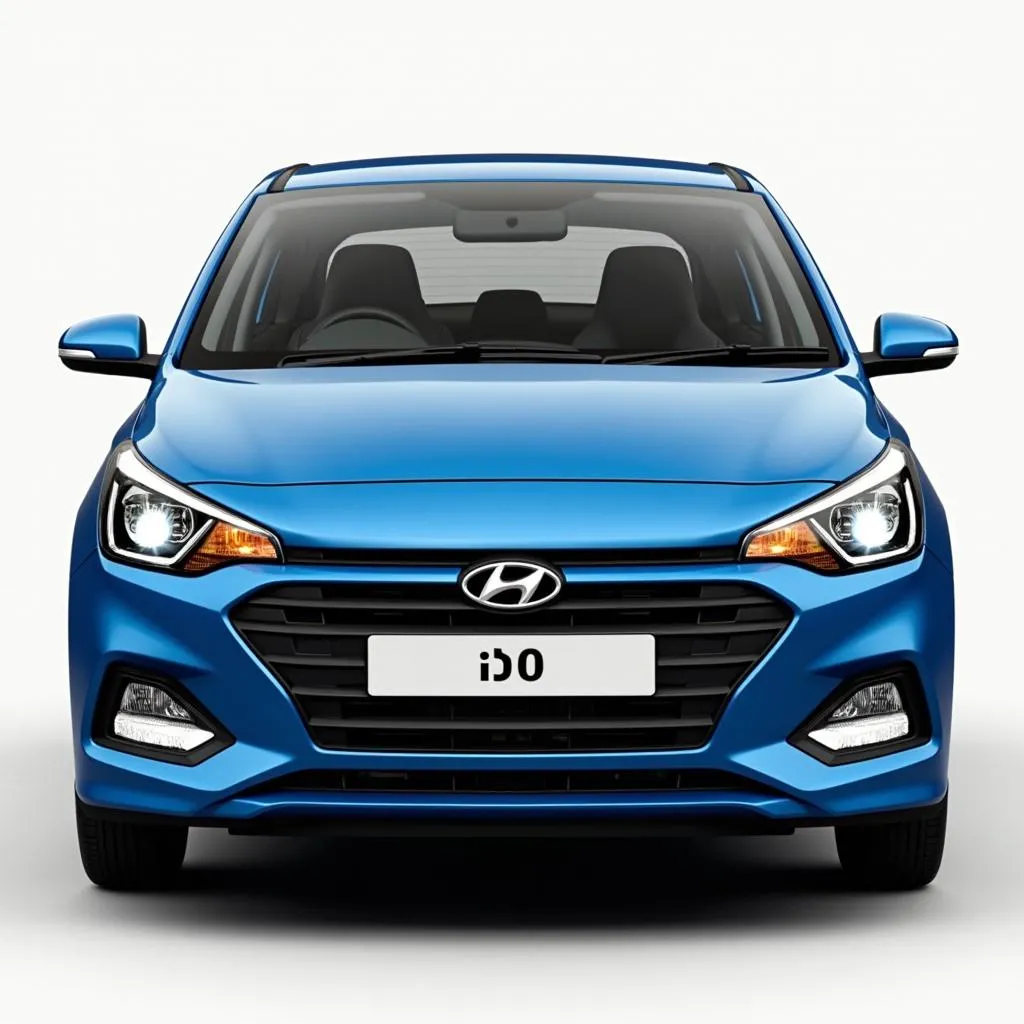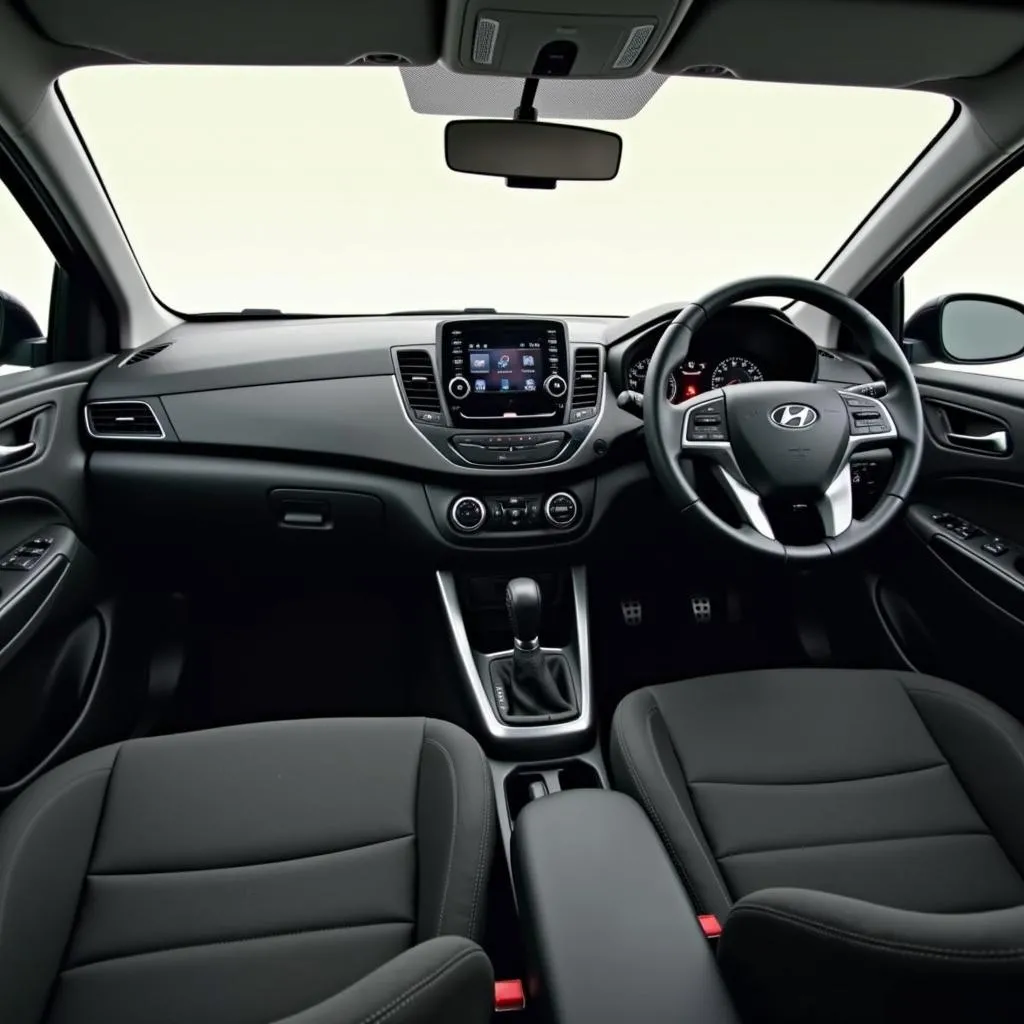The Hyundai i20 has become a popular compact car, impressing with its modern design, good features, and fuel efficiency. However, the competition never sleeps, so Hyundai has given the i20 a facelift to keep it competitive in the coming years. What exactly has changed in the Hyundai i20 Facelift? What are the new features and improvements? In this article, we take a look at the details and show what makes the Hyundai i20 Facelift so special.
Design and Exterior: Subtle Refresh for a Modern Look
In terms of design, Hyundai remains true to itself and opts for evolution rather than revolution. This means that the basic design of the Hyundai i20 is retained but has been subtly revised and modernized. The front end features a new radiator grille, which is now wider and more striking. The headlights have become narrower and are optionally available with LED technology. At the rear, the new taillights with LED signature are noticeable, giving the i20 a sportier touch. The fresh appearance is rounded off by new wheel designs and paint finishes.
“The Hyundai i20 Facelift is a successful update that makes the compact car look more modern and dynamic,” says renowned car expert Markus Schmidt. “The subtle changes to the design significantly enhance the i20 and make it look fresher.”
 Hyundai i20 Facelift Front View
Hyundai i20 Facelift Front View
Interior and Features: Higher Quality and More Connected
Hyundai has also upgraded the interior of the i20. High-quality materials and new color combinations create a modern and appealing ambiance. The infotainment system has also been modernized and now features a larger touchscreen of up to 10.25 inches. Thanks to Apple CarPlay and Android Auto, smartphones can be seamlessly integrated. The Hyundai i20 Facelift has also improved in terms of safety. New assistance systems such as lane keeping assist, emergency brake assist, and adaptive cruise control increase safety on the road.
Engine and Driving Performance: Efficient Engines and Dynamic Handling
Under the hood, Hyundai relies on proven and efficient gasoline engines for the i20 Facelift. A 1.0-liter three-cylinder and a 1.2-liter four-cylinder engine are available. Both engines are optionally available with a mild-hybrid system, which reduces fuel consumption and emissions. The chassis of the Hyundai i20 Facelift has also been revised and now offers a balanced ratio between comfort and sportiness.
 Hyundai i20 Facelift Interior View
Hyundai i20 Facelift Interior View
Conclusion: An All-Around Successful Update
With the facelift, Hyundai has improved and modernized the i20 in many areas. The result is an attractive compact car that impresses with its modern design, good features, and efficient engines. Whether the Hyundai i20 Facelift can prevail against the strong competition remains to be seen. But one thing is certain: the Hyundai i20 Facelift is an interesting option for anyone looking for a modern and practical compact car.
Frequently Asked Questions about the Hyundai i20 Facelift:
- When will the Hyundai i20 Facelift be launched on the market?
- How much does the Hyundai i20 Facelift cost?
- What trim levels are available for the Hyundai i20 Facelift?
- Which engines are available for the Hyundai i20 Facelift?
- What is the fuel consumption of the Hyundai i20 Facelift?

